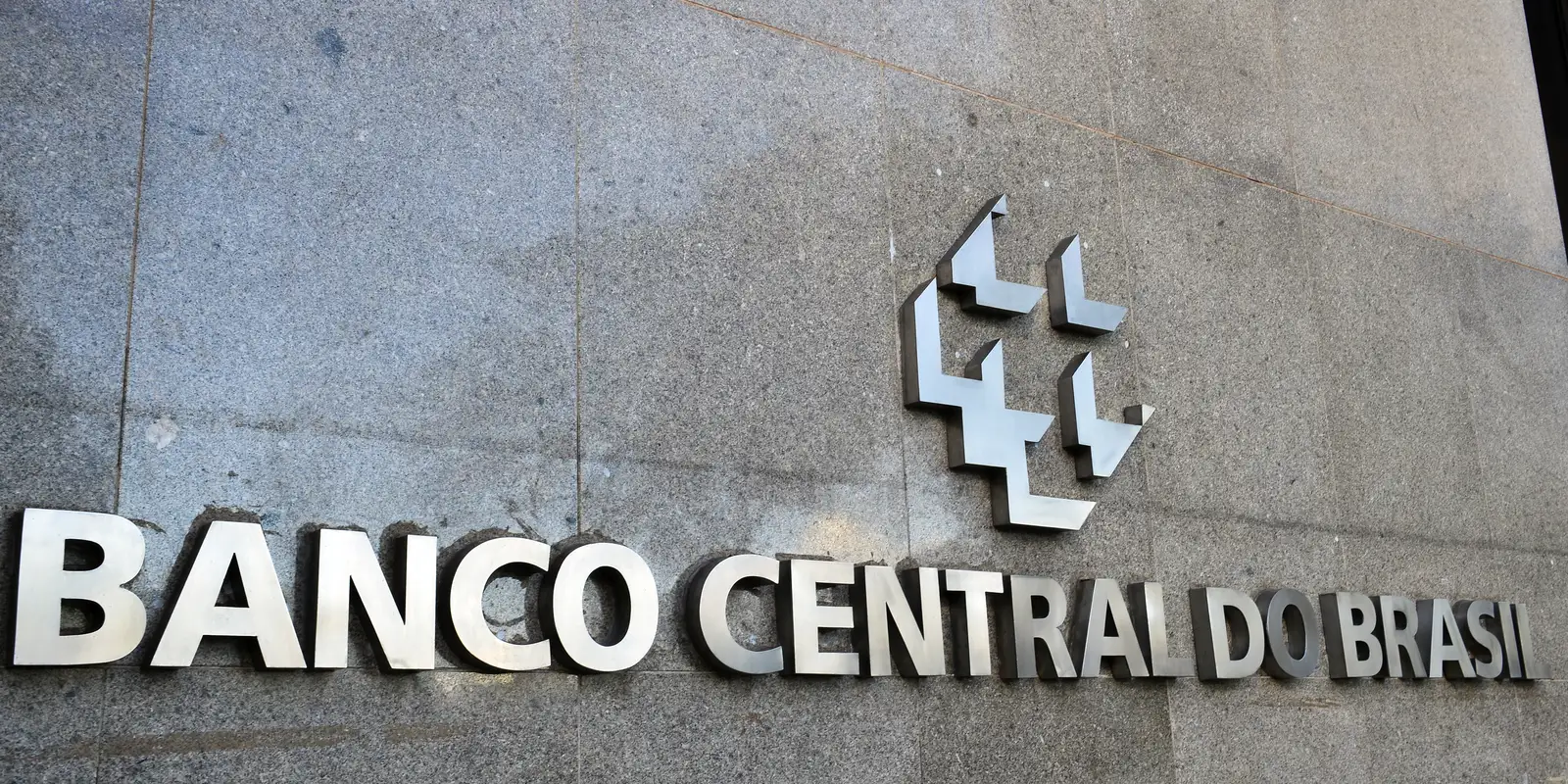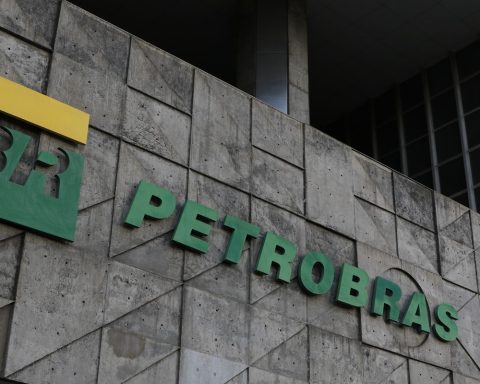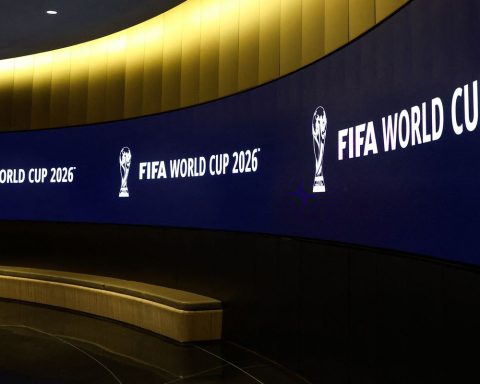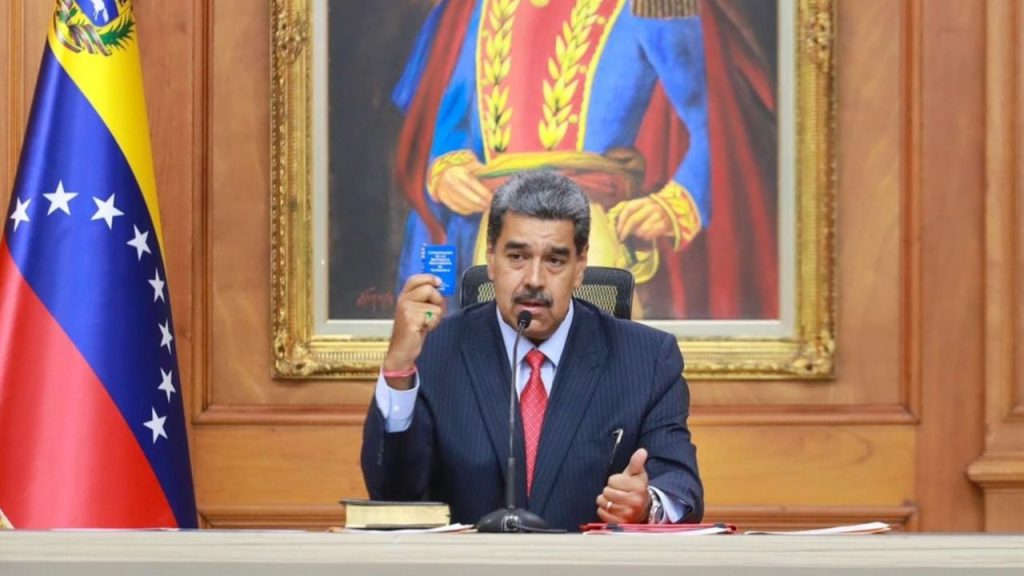The rise in the dollar and the impact of increased public spending on inflation expectations are a concern for the Central Bank (BC) when defining the next steps in monetary policy. The institution reported on Tuesday (6) that the scenario marked by higher projections and more risks for higher inflation is challenging and that it “will not hesitate to raise the interest rate to ensure that inflation converges to the target”.
Last week, the Central Bank’s Monetary Policy Committee (Copom) decided to maintain the Selic rate, for the second time in a row, after a cycle of seven reductions, which ran from August 2023 to May 2024. basic interest rates of the economy were maintained at 10.5% per year. The next meeting is scheduled for September 17 and 18.
The members of the committee stated that now is a time for “even greater caution and diligent monitoring of inflation determinants”. “In light of this monitoring, the committee will assess the best strategy: on the one hand, whether the strategy of maintaining the interest rate for a sufficiently long time will bring inflation to the target in the relevant horizon [de seis trimestres à frente, correspondendo, agora, ao primeiro trimestre de 2026]; on the other hand, the Committee unanimously reinforced that it will not hesitate to raise the interest rate to ensure the convergence of inflation to the target if it deems it appropriate”, says the meeting minutesreleased today.
When Copom lowers the Selic rate, credit tends to become cheaper, encouraging production and consumption, stimulating economic activity and reducing control over inflation. When Copom raises the basic interest rate, the aim is to curb heated demand, and this has an impact on prices because higher interest rates make credit more expensive and encourage savings.
In June, influenced mainly by the food and beverage group, the country’s inflation was 0.21%, after having registered 0.46% in May. According to the Brazilian Institute of Geography and Statistics (IBGE), in 12 months, the Broad National Consumer Price Index (IPCA) accumulated 4.23%. July’s inflation will be released next Friday (9).
Despite falling, the index is still above the target set by the Central Bank, fueled by uncertainty among economic agents. Defined by the National Monetary Council (CMN), the target is 3% for this year, with a tolerance range of 1.5 percentage points above or below. In other words, the lower limit is 1.5% and the upper limit is 4.5%. Market expectations for inflation in 2024 and 2025 are around 4.1% and 4%, respectively.
In the case of the relevant horizon observed by the BC, which is March 2026, there is a disinflation process in the period, but the inflation projection is still above the target, which is 3%, in continuous goal system which comes into effect in 2025. In the reference scenario (with falling interest rates), the projection for accumulated inflation in four quarters for the first quarter of 2026 is 3.4% and, in the alternative scenario (with the Selic rate maintained), the projection is 3.2%.
Conditioning
According to the Central Bank, recent movements in some of the factors determining inflation dynamics, such as inflation expectations and the exchange rate, were widely discussed at the last Copom meeting. “It was noted that, if such movements prove persistent, the resulting inflationary impacts may be significant and will be duly incorporated by the committee,” the minutes say.
Anchoring inflation expectations is seen as an essential element to ensure convergence towards the target and the board monitors how recent developments in fiscal policy (control of public accounts) impact monetary policy and financial assets.
“It was noted that the most recent perception of market agents regarding the growth of public spending and the sustainability of the current fiscal framework, together with other factors, has been having relevant impacts on asset prices and expectations. The committee reaffirms that a credible fiscal policy committed to debt sustainability contributes to anchoring inflation expectations and reducing risk premiums on financial assets, consequently impacting monetary policy,” warned the BC.
“The committee reinforced the view that the weakening of efforts towards structural reforms and fiscal discipline, the increase in targeted credit [com taxas reguladas pelo governo] and uncertainties about the stabilization of public debt have the potential to raise the economy’s neutral interest rate, with deleterious impacts on the power of monetary policy and, consequently, on the cost of disinflation in terms of activity”, says another excerpt from the minutes.
The neutral rate is one that neither stimulates nor discourages the economy, that is, it is the real interest rate consistent with maintaining the level of economic activity, promoting full employment and inflation at the target.
Furthermore, according to the Central Bank, the international scenario remains adverse and the lack of synchrony between interest rate cuts in advanced countries and global capital flows, marked by risk aversion, contribute to market volatility and put pressure on the exchange rate in emerging countries. Higher interest rates in advanced economies encourage the flight of resources from emerging countries, such as Brazil.
The Copom emphasizes, however, that the conduct of Brazilian monetary policy is not mechanically linked to US policy or the exchange rate, but rather to the mechanisms of transmission of the external situation to domestic inflation. The rise of the dollar has a significant impact on domestic prices in Brazil, for example, through the import of products, price equalization and pressure on the external debt of the public and companies.
O dollar accumulated an increase of 15.15% in the first half of 2024 alone [https://agenciabrasil.ebc.com.br/economia/noticia/2024-06/dolar-sobe-para-r-558-e-fecha-semestre-com-alta-de-1515]. “In light of a more uncertain global scenario and more abrupt exchange rate movements, the board is adopting a more cautious stance,” the BC reported.
Trajectory
The Selic is the Central Bank’s main instrument for keeping official inflation, measured by the IPCA, under control. From March 2021 to August 2022, Copom raised the Selic 12 times in a row, in a monetary tightening cycle that began amid rising food, energy and fuel prices. For one year, from August 2022 to August 2023, the rate was maintained at 13.75% per year, for seven consecutive meetings.
With price control, the BC began to make cuts to the Selic rate, in a sequence of seven reductions, from August 2023 to May 2024.
Before the start of the upward cycle in March 2021, the Selic rate had been reduced to 2% per year, the lowest level in the historical series that began in 1986. Due to the economic contraction caused by the COVID-19 pandemic, the Central Bank had lowered the rate to stimulate production and consumption. The index was at its lowest level in history from August 2020 to March 2021.

















